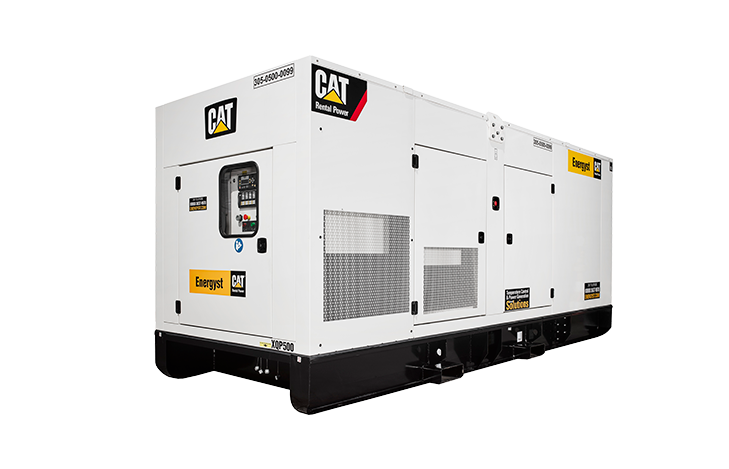The phrase “a stitch in time saves nine” means sorting out a problem immediately to prevent more serious issues occurring down the line. Monitoring diesel fuel in a generator set or any power solution is a prime example of this — if contaminants, like bacteria in the engine, go undetected, it can severely impair engine performance later on. Therefore, it pays to be proactive with fuel management. Here Robert Hopton, Depot Manager at Energyst UK & Ireland, explains how genset operators can monitor their diesel fuel and outlines the steps they can take to improve its quality.
When renting a generator set or any power solution, there are several servicing and maintenance factors to think about. One of the most important considerations is the fuel’s condition. Specifically, it is important to know that there is sufficient fuel on site and that it is of a high quality and standard. Putting the necessary checks in place can give businesses the reassurance that their machines will run as intended, meaning the site will continue to function when there is a problem with the National Grid.
The power of telemetry
The most effective way of monitoring fuel is to track its performance and quality in real time. There have been significant developments in using telemetric systems and machine telematics to detect imbalances in fuel pressure and monitor diesel performance at regular intervals. These systems can also be retrofitted to the generator’s fuel tank, meaning operators can receive a live feed as the machine runs.
With the power of machine telematics, operators can track the load, fuel consumption per minute and various other performance-related characteristics. As this software and technology has advanced, operators can now receive this information as email alerts and even on their smartphone as texts.
Shock and polish
Operators can maintain the quality of their fuel by cleaning it and removing harmful sediment in the generator’s fuel tank. Unless these contaminants are removed, they will have a detrimental impact on the backup power system because they can block the filters, which will starve the engine of fuel. Over time, bacteria and fungi can also damage the fuel injectors, further impairing the generator’s ability to function at optimum levels.
One solution is shock treatment, where fungicidal additives are applied to fuel at once — for one customer, we once added three litres of a product and bacterial growth reduced by 82 per cent in a short period of time. This approach is beneficial when there is a need for continual power, because the machine does not need to be out of action to be treated.
If short periods of downtime are feasible, fuel polishing can provide a more thorough alternative. This process involves removing the diesel or fuel from the storage tank, filtering it and removing any redundant fuel before feeding the remaining clean fuel back into the tank. For stationary gensets and power generation equipment, we recommend polishing the fuel every three months to prevent bacteria and other contaminants from building up.
Regular fuel monitoring and treatment is just the “stitch in time” that businesses and operators need to prevent their generators from failing in the future. As well as having a wide range of Cat® generator sets available to rent, Energyst can help customers manage their fuel to ensure these machines run as intended.
For more information on fuel management for rental gensets, visit https://www.finning.com/Energyst.








